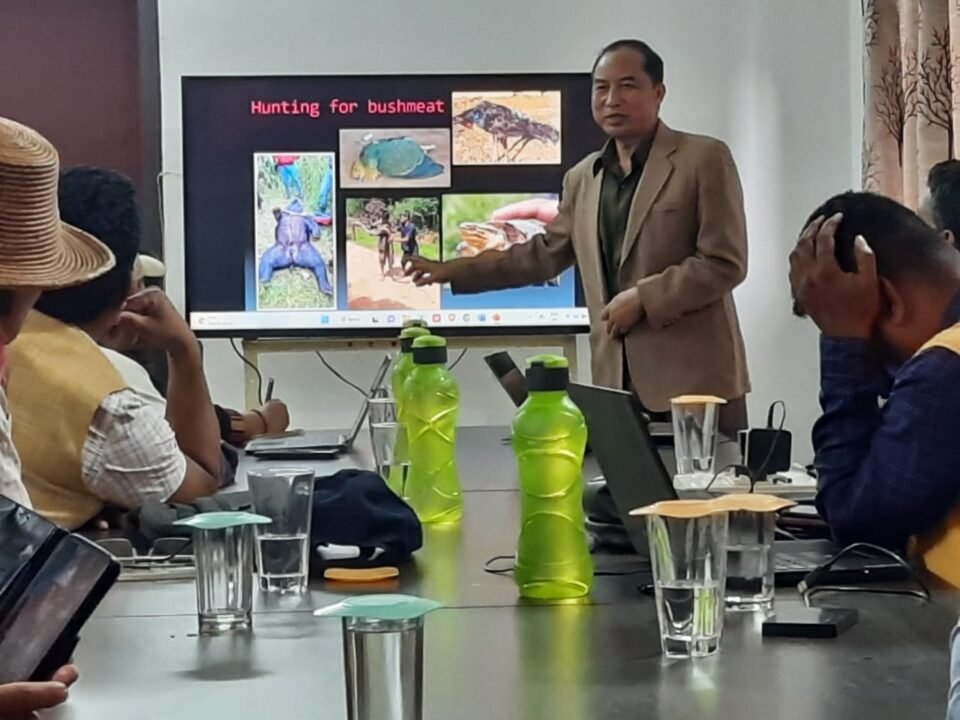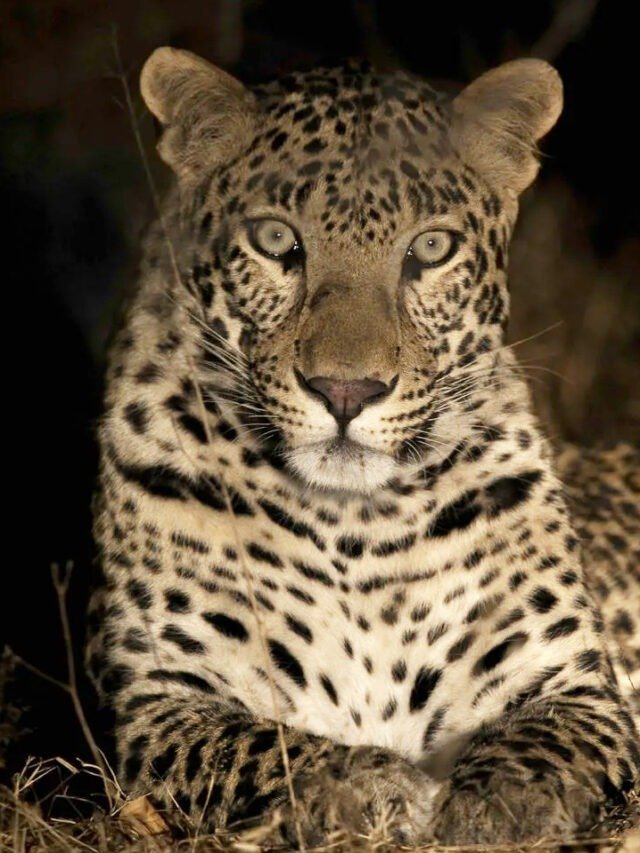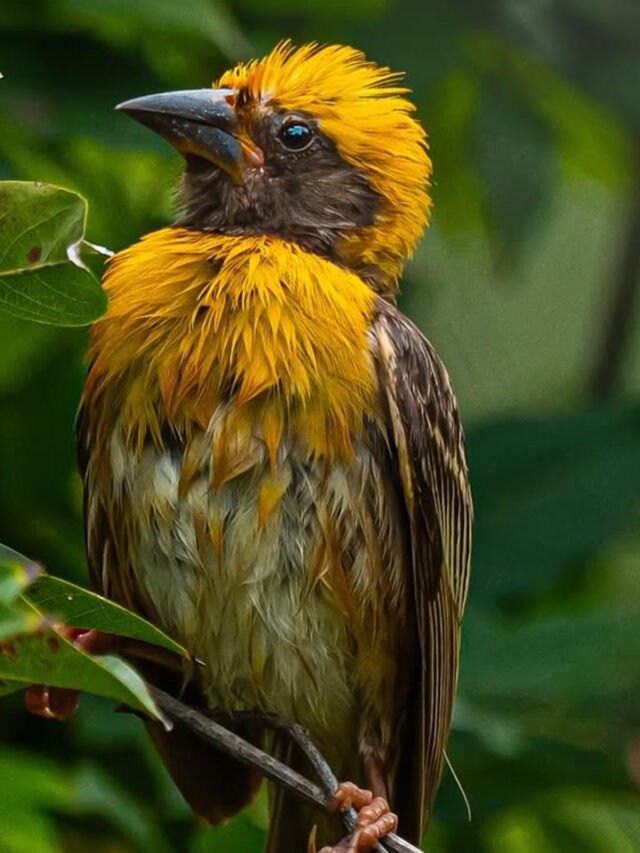HT Bureau
GUWAHATI, July 25: In tune with its community-centric approach for mounting, surveillance at the grassroot to deter wildlife and nature crimes vis-à-vis notified protected areas in particular, premier biodiversity conservation organisation Aaranyak (www.aaranyak.org) has launched an initiative to form Community Surveillance and Monitoring Teams (CSMT) in different areas of the Northeast region to augment multi-stakeholders efforts for prevention of wildlife crimes.
The resource team from the Legal and Advocacy Division (LAD) of Aaranyak has, after much spadework, succeeded in forming CSMTs which are now operational in the eastern Arunachal Pradesh landscape- around D’Ering Wildlife Sanctuary.
These CSMTs are composed of local community members who shoulder the responsibility of safeguarding their own community from wildlife crimes, and have been formed after several rounds of consultations involving the community members, local NGOs, social leaders and concerned forest officials.
“By involving the community directly in surveillance and monitoring efforts, CSMTs empower locals to protect their natural resources, promote conservation, and deter illegal activities such as poaching and habitat destruction,” said Dr Bibhab Kumar Talukdar, globally acclaimed conservation scientist and the CEO of Aaranyak.
CSMTs are modelled as multi-stakeholder groups- formed by the important units of any particular community. It is a highly flexible model that allows modification and adaptation to the structure of any society where it is intended to be implemented. The initiative is supported by the US Fish and Wildlife Service and Resilience Funds-Global Initiative.
In the context of northeast India, the CSMTs will be a mixture of EDCs (eco-development councils), student/youth organisations, local conservation NGOs and Village Councils. Because most of their activities are related to wildlife and the concerned protected area they live around, CSMT will always work in close coordination with the Forest Departments.
Aaranyak has already started preliminary consultations with NGOs and forest officials for establishing CSMTs in western Mizoram around Dampa Tiger Reserve soon. Similar efforts are on in a part of Manipur too.
The idea of CSMTs is based on the VDPs (Village Defence Parties) in Assam. Although it is far from being a legal body like VDPs yet, the CSMT is a beginning for community collaboration to deter wildlife crimes and illegal wildlife trade in critical areas of northeast India.
“The CSMTs which are and will be located in the fringe villages of any designated wildlife protected area, will monitor the community, the local markets, unspecified guests going in and out of their villages and carry on awareness campaigns and other social activities.
“The CSMT activities aim at keeping a community-based surveillance to deter illegal wildlife crime cases and keeping the community aware. They are expected to be passionate about working towards biodiversity and nature conservation,” said Dr Jimmy Borah, Senior Manager of LAD at Aaranyak.
The CSMT activities also include maintaining a strong channel of communications with both the forest and local enforcement officials in order to promptly report any illegalities that they may have observed or been informed about.
CSMTs are entrusted and shall be trained to conduct social surveys to facilitate alternate sources of livelihood for the community and implement eco-tourism activities such as homestays, nature guides, safari tours, adventure guides, etc.
“The main goal of CSMT will always be the deterrence of wildlife crimes in critical areas. Although northeast India has always been the focus of many illegal poaching of high-value wildlife like rhinos and elephants, it has also become a lucrative transit route to smuggle exotics in recent times.
“Hence, it has become imperative for us to not only guard native species, but also protect ourselves from being a corridor for exotic animal trade. CSMTs will work on the ground-level- which will give us a greater opportunity to tackle these crimes on the ground” said Ivy Farheen Hussain, Senior Project Officer in Aaranyak.
Operational CSMTs in the eastern Arunachal Pradesh landscape- around D’Ering Wildlife Sanctuary have been trained to assist their community in eco-tourism and alternate livelihood activities which will also reduce their dependency on the protected forest and wildlife.












